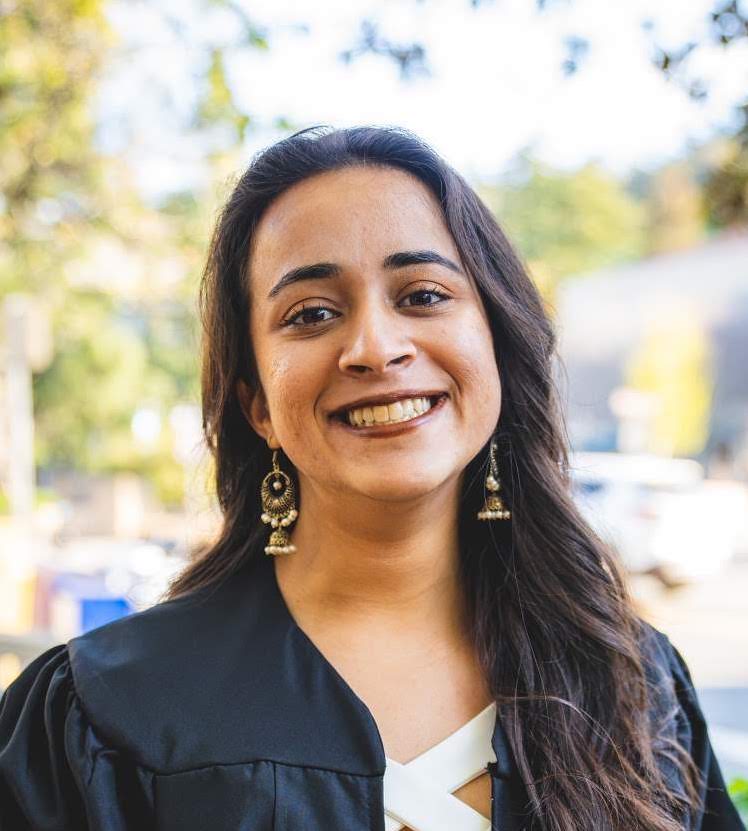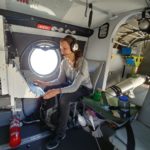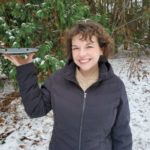
Editor’s Note: Garima Raheja is a winner of The Story Exchange’s 2022 Women In Science Incentive Prize.
Garima Raheja remembers growing up in New Delhi, India, where air pollution was part of daily existence. She’d come home from school, wash her face, and watch the water run down the sink, brown and full of the soot that clustered in the air. “It’s one of those places where the roadside signs that used to have advertisements now just show what the air pollution concentrations are for the day,” she says. “So it was never something that I could just ignore.”
When she was ten, Raheja moved to the San Francisco Bay Area and found a very different world — one where technological solutions were at the front of every conversation, and hiking in forested areas was within reach. “I didn’t even know national parks were a thing before — that you could enjoy nature without wondering if you were going to breathe in something crazy while you were there,” she remembers.
Today, she is combining those experiences by using cutting-edge technology to tackle the persistent problem of air pollution – especially in disadvantaged communities. Now a third-year doctoral student at Columbia University in New York, Raheja is leading projects using low-cost air pollution sensors in Africa and Asia and historically marginalized communities in the United States.
As part of her work, she tested the merits of low-cost sensors against sophisticated scientific equipment in Accra, Ghana. She also installed the first-ever scientific instruments in Togo, West Africa, that could monitor air quality at a regulation level – and wrote code so local scientists could analyze the air pollution without technical obstacles.
She hopes that an outcome of her work is to empower people to look out for themselves even when they can’t control the air at large, by taking protective steps such as wearing masks while commuting in smog-choked streets, or creating inexpensive filters for homes using box fans, air filters, and duct tape.
Raheja also works with communities to collect and analyze their own air quality data. For instance, in rural areas of Ohio that have been impacted by hydraulic fracturing and natural gas emissions, Raheja helped community leaders monitor air pollution, especially after residents reported feeling sick. Air quality in the area frequently exceeded standards set by the World Health Organization, and the situation could have gone unknown if it weren’t for the citizen-run sensors, which picked up high levels of benzene, toluene, and fine particulate matter. The project caught the attention of the publication Grist, which wrote about Raheja’s work.
“Garima is the true intellectual leader of this research,” says her advisor, Columbia scientist Daniel Westerelt.
Raheja also takes her work outside of the labs and cities she studies, working as a climate activist and also as a US Department of State Air Quality Fellow for the U.S. Consulate in Kolkata, India. She says most of her work up to now has been diagnosing the problem of air pollution and its impacts on disadvantaged communities. The next step is to use this information to improve the situation – to do something substantive about it, she says. “Not just show the problems, but actually reduce the problems.”
Her work is increasingly urgent, as air pollution is a health emergency in cities around the world – and it’s becoming common knowledge that disadvantaged communities need special care in environmental justice. A wider knowledge of the disparities is happening – which will hopefully lead to better ways to decrease the burden, she says. “If you’re in a position where you don’t have to think about these things every day, you are increasingly part of a rare population,” she says. ◼️



